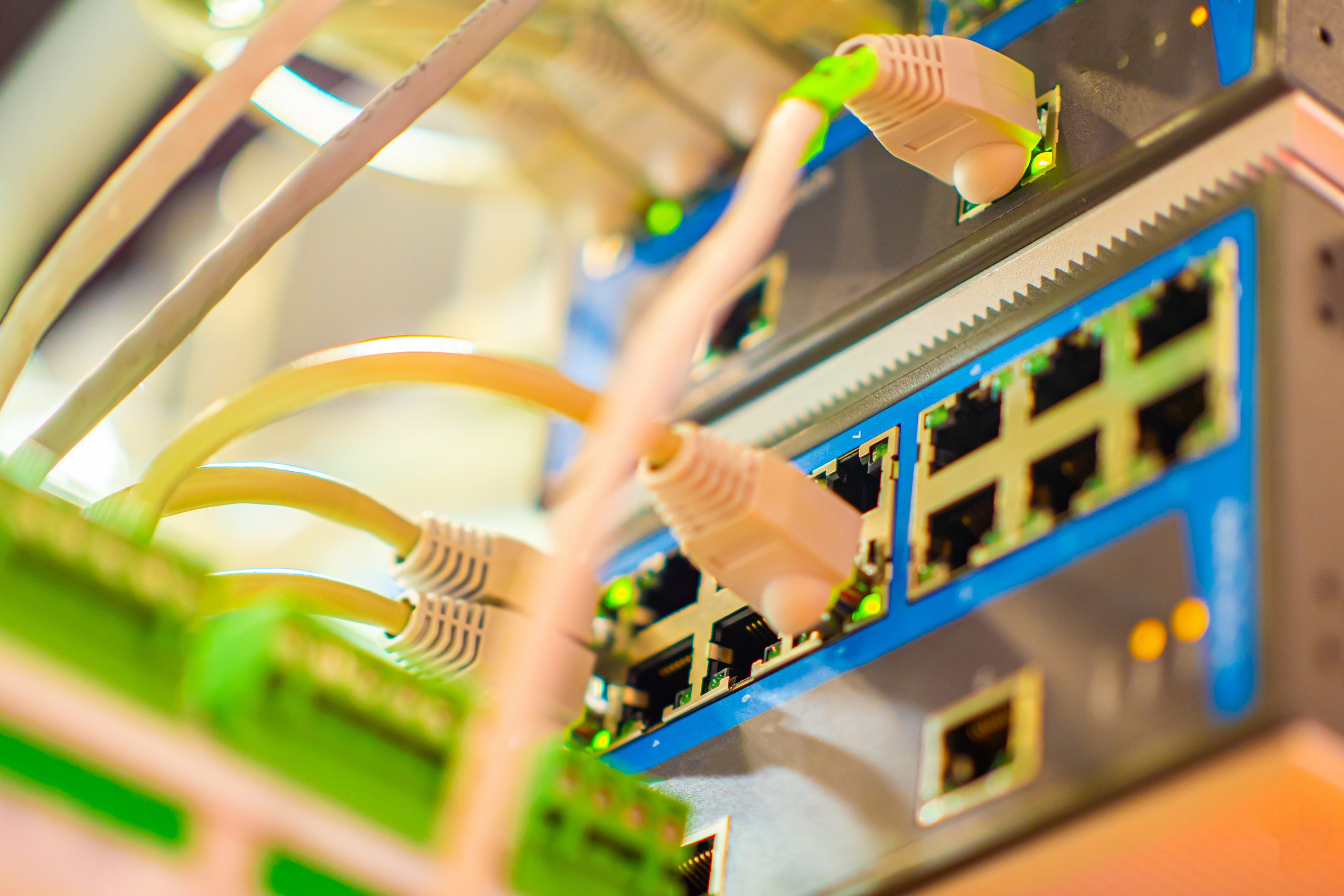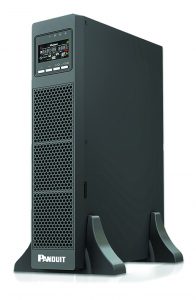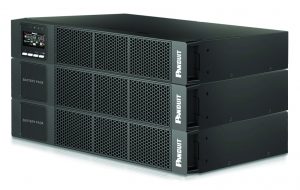
Choosing the right uninterruptible power supply (UPS) system now is a prudent step, as these systems will only become more important to educational facilities in the future.
Preserving and protecting power supplies are two of the most important functions facility managers need to monitor. This is particularly noteworthy as we head into fall and schools reopen for another year.
Keeping a facility upright from a power standpoint is imperative not just for students, but for all those who serve them in the educational, operational, managerial, and maintenance sectors.
What all these sectors have in common is computer IT equipment and technology, which house critical data, insights, and information beneficial to the learning environment. Confirming there’s proper backup and support ensures these devices are online and up and running.

Finding the right power system with enough backup benefits is imperative.
Power protection and backup has improved with time in an era where it’s important not only to increase capacity, but also to maintain efficiency for environmental purposes. It’s important now to develop a power supply center that can account for the increase in data center, enterprise, and edge IT equipment happening in these facilities.
Any time offline can produce catastrophic consequences. The most obvious physical threats are weather impacts, which have incredible potential to affect power grids or power lines and cause an outage. The volume of increasing weather events in recent years has only enhanced the need to ensure the facility has a way forward to keep systems running if the hardline physical infrastructure is affected. Educational facilities operating with aging physical infrastructure may be more susceptible to outages in these circumstances. Darker threats lurk more frequently around the corner, in the form of cyberthreats from cybercriminals keen on wreaking havoc behind-the-scenes and affecting your uptime.
As educational facilities, the time to explore and invest in power supply, support, and backup enhancements is now. The world is already making plans to do so. UPS devices are set to grow by a significant amount in the next decade. A June 2022 Globe Newswire release predicts the net worth of modular UPS market share will reach $11 billion by 2032, increasing from $4 billion in 2021.

Determine what factors and qualities to consider when exploring UPS system options.
Facilities managers looking to upgrade their power supply can discover devices that offer a wide range of benefits and qualities for their facilities.
When seeking the right kind of UPS system for your educational facility and for the people who serve it, there are several factors to consider. How you rate them can determine what the right size and solution of UPS system is for you:
- Quality: The overall build of an UPS system needs to be there to support your facility in all aspects.
- Density: Space management represents a key part of a good power supply system. Finding one that doesn’t take up a lot of space within a rack or racks at your facility can ease the installation and maintenance.
- Efficiency: A device can protect against power surges, brownouts, and overvoltages, while also saving energy.
- Support: Finding a device that comes with global support presence and works in data centers around the world can only benefit your facilities. Educational facilities have no limits for potential growth and impact a wide range of individuals who either come to your facility in person or engage with it remotely through virtual working and learning.
- Predictability: Know what you’re getting and know how it’s going to work in advance. Lesson plans change. You don’t want your UPS support system to change along with them.
- Manageability: In line with density, efficiency, and support, you want a device that can be easily managed, both physically onsite and virtually via the cloud. Facilities can take comfort in knowing that there is real-time interfacing from the power supply system to the cloud to manage, monitor, and control power. This can make the facility aware of any issues before they arise.
- Security: Guarding against threats to both your primary and secondary power supply systems can be a major part of the thought process. The Cybersecurity and Infrastructure Security Agency, or CISA, is aware of cyberthreats to UPS support systems and recommends removing management interfaces from the Internet. With a device that can monitor the real-time power management and interact with the cloud, you’re helping to protect yourself against cyberthreats or other security vulnerabilities.
- Lifespan: You’re not buying just for now. You’re buying for at least a few years to come and for the long-term benefits with that investment.
- Value: Ultimately, the investment you make in a good UPS support system will work to your benefit if you factor in all the positive elements that come with it. The value comes as much with the support system around the product as the product itself.
In educational facilities, there are multiple factors to account for in order to ensure the safety and success of your people. On the surface, other items may seem to take precedence, but a proper power backup system should be a priority, as it can mitigate the negative consequences of any downtime. And a system that features all the benefits outlined above can make the decision easier for those looking to buy.
Alan Burkel is a Data Center Product Manager at Panduit in Tinley Park, IL. He can be reached at [email protected].
Power Tools
Seeks to engage multiple voices from among FM ranks to bring fresh insight and real knowledge from the trenches on what’s working in planning and implementation for energy-related projects and innovations. To contribute, contact [email protected].
See all Power Tools.


